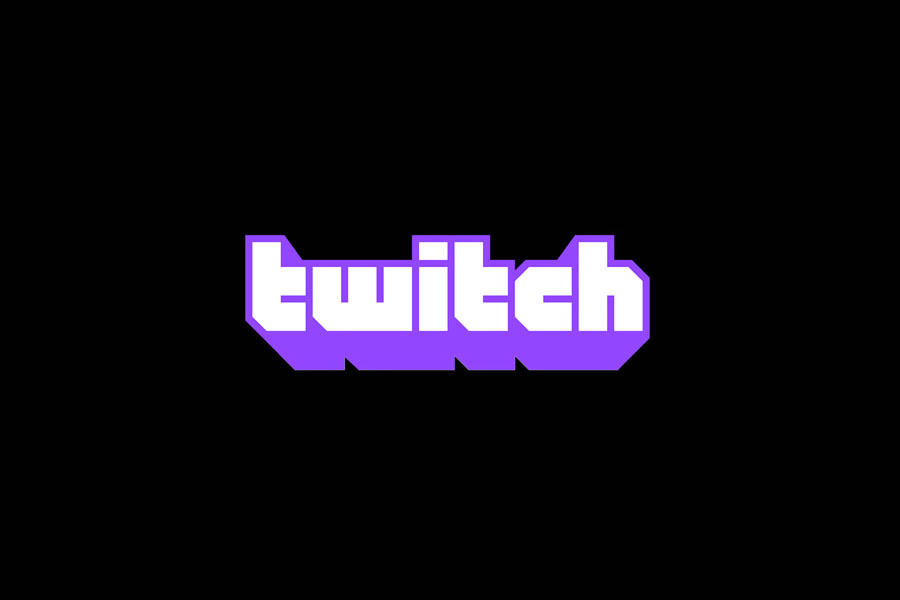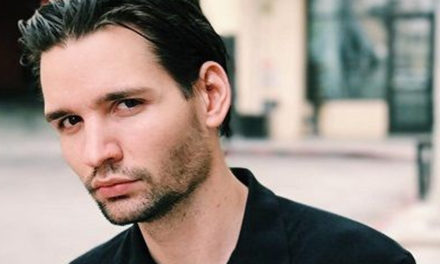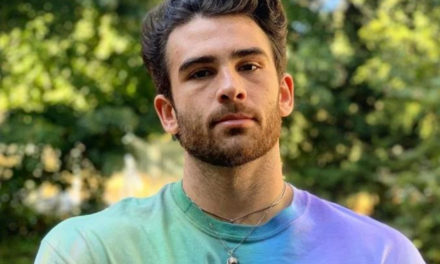Hasan “HasanAbi” Piker dissects a grainy black-and-white video of flashing lights frame by frame. He eventually comes to the conclusion that these are not detonations near a Ukrainian nuclear power plant, which is one of Europe’s largest. Car alarms have been sounding in the aftermath of a firefight between Ukrainian and Russian forces. He changes the tab to a CNN journalist, Anderson Cooper, discussing the fallout from the skirmish.
Twitch streamers have been working to unpack the crisis for viewers in real-time since the Russian invasion of Ukraine began.
The war’s coverage on Twitch is a new wrinkle in international reporting of a war viewed by millions on live streams, where the standards and format for sharing and discussing conflict information differ significantly from traditional news outlets.
Piker, an outspokenly leftist broadcaster who has raised over $200,000 for Ukrainian relief funds, is Twitch’s most popular political pundit, attracting over 70,000 simultaneous viewers on a daily basis since the conflict began late last month.
According to analytics site Twitch Tracker, Twitch had an average of 2,830,000 concurrent viewers across the platform at any given time in 2022, putting it above cable networks like CNN, which had an average of 1,078,000 simultaneous viewers during prime time as of late 2021.
Piker isn’t the only one who thinks this way. A slew of Twitch streamers has spent the last week and a half sifting through countless tweets, TikToks, and mainstream news reports in an attempt to provide up-to-date coverage of Europe’s biggest war since WWII, at a time when TikTok, in particular, has been used to disseminate vast amounts of both on-the-ground footages from Ukraine and misinformation, and when even mainstream news outlets struggle to separate signal from noise. Some Twitch streamers attempt to refute or challenge the mainstream media’s narratives. Others aim to educate their audiences so that they are less susceptible to deception.
Most just want to cut through the noise and get a firm grasp on what’s going on in the midst of unprecedented chaos — and in front of a live audience of millions. Streamers regard their ability to do so while conversing directly with their audiences as a distinct advantage.
Piker and his contemporaries all use the same format: Web browsers brimming with tabs, each leading to a tweet, video, or news report, are displayed from webcam windows in the bottom corner of their screens. They then discuss the day’s events and interact with their viewers in the live chat, where messages fly by at a million miles per hour.
While the streamers rarely contribute original reporting, they frequently curate the news for eight or more hours per day (sometimes with the help of notable guests like Chelsea Manning). Occasionally, their exchanges are fruitful, with both streamers and viewers learning and scrutinizing new information at the same time. Other times, they’re more adversarial, with a streamer chastising a viewer for spreading false information, for example. It’s a low-key, low-budget approach that contrasts sharply with the type of coverage that mainstream news organizations invest millions of dollars in.
While streamers in the West are finding audiences for their aggregated coverage of the war, on-the-ground accounts in Ukraine are more difficult to find on Twitch than on the more mobile-oriented TikTok; according to Twitch Tracker, Ukrainian-language streams averaged just 358 concurrent viewers across all of Twitch in the past seven days, though Ukrainian streamers also broadcast in Russian or English on occasion. Many people have given up streaming for the time being, including Oleksander “Sanya” Bokuchava, a Ukrainian streamer and pro “Apex Legends” player for esports organization Natus Vincere.
Another user, Vexicrypt, said his city, which he didn’t name due to safety concerns, is “somewhat safe” for the time being, but air raid sirens still blare on a regular basis, and he’s too scared and distracted to go live.
For their coverage, Western streamers have relied on other social media platforms, information from their chats, and mainstream news sources. While streamers lack the funding and manpower of traditional news organizations, they have gained a speed advantage at a time when everyone, including traditional news organizations, is glued to social media.
Twitch announced a new misinformation policy last week that prohibits “individuals or propaganda entities whose online presence is dedicated to disseminating misinformation with clear risks of real-world harm,” but allows for “one-off statements containing misinformation.” Russian state media, which did not previously have a presence on Twitch, is now officially a no-go under this new policy; streamers who only share unreliable information on occasion are in the clear. This contrasts with YouTube, which has suspended legitimate news sources that were reporting on misinformation rather than spreading it as a result of its less discriminatory approach to misinformation.
While streamers frequently collaborate with volunteer chat moderators — and some, like Piker, are represented by talent agencies — they are not newsrooms or networks. This can sometimes work in their favor. Streamers have openly admitted that they are not perfect or objective. During his February broadcasts, Piker, for example, received a lot of heat for repeatedly insisting that Russia would not invade Ukraine. Then something happened. He then proceeded to apologize and explain his actions.







